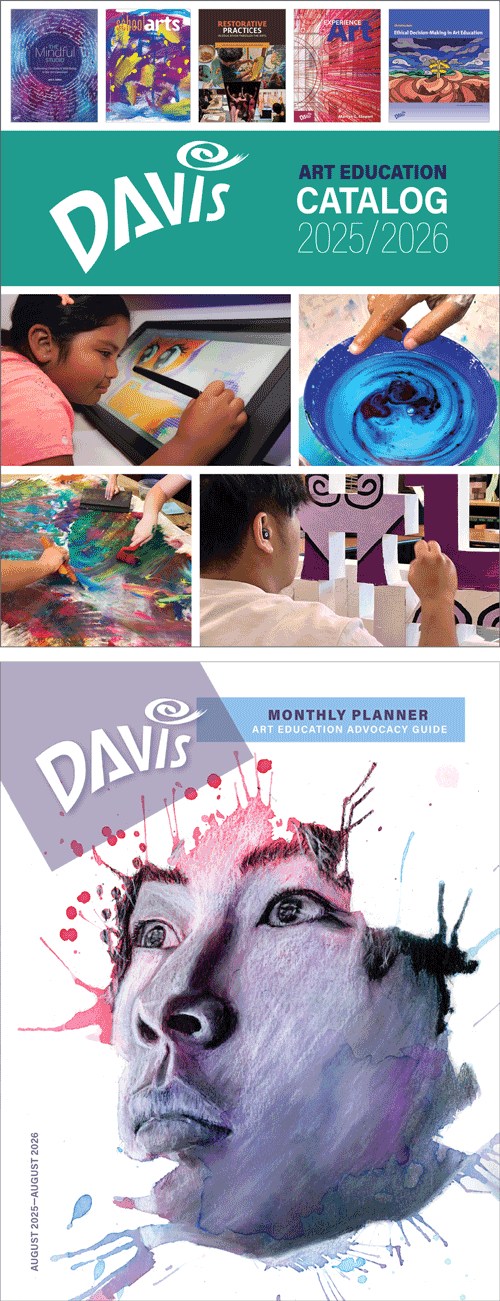Art for National Fig Week: Luis Meléndez
November 1-7 is National Fig Week, and we celebrate with Baroque art! Just as very different painting styles co-existed in late Baroque France – the Rococo which catered to the nobility, and Bourgeois Baroque, catering to the middle class – so too did the two styles parallel each other in late Baroque Spain. The still life paintings of Luis Meléndez are the Spanish equivalent of those of Jean-Siméon Chardin (1699-1779) in France.
National Fig Week, 1-7 November: art by Luis Meléndez (1715-1780 Spain)
 |
|
Luis Meléndez (1715-1780 Spain) Still Life with Figs and Bread, 1760s, oil on canvas, 18 3/4” x 13 3/8” (47.6 x 34 cm) Image © 2025 National Gallery of Art, Washington (NGA-P1086) |
Meléndez rendered still life with exacting detail and dramatic lighting. His works recall the tenebrism of Caravaggio and the exacting replication of nature of the finest of Dutch Baroque painters. His horizontal format reflects a Dutch influence as well, particularly in the trompe l'oeil effect of the ledge on which the objects rest, such as the knife in this work. His vertical formats, sometimes with landscape background, are more traditionally Spanish in presentation. The foods do not seem to be self-consciously symbolic of any religious or moralistic meaning, but the drama of their presentation sometimes intimates that this is an artist who was straining to be a grand history painter.
Background
For all intents and purposes, the Spanish Baroque style in painting endured as the major aesthetic factor in Spanish painting until the very last twenty years of the 1700s. The tenebrism of Mannerism was maintained not for theatrical purposes, but for elevation of spiritual intensity. Influenced by northern Renaissance painting, Spanish Baroque painters also concentrated on meticulous replication of details from nature as much for the sake of virtuosity as for emphasis on the flawed nature of the physical world.
The fascination with the painting from the Netherlands and Flanders that began in the 1500s persisted through the 1700s. The Spanish kings were major collectors of Flemish and Dutch painting. It is little wonder, then, that the organization of highly detailed still life painting originated in Spain in the early 1600s, based closely on that genre from the Lowlands.
Meléndez is now regarded as the leading still life painter of 1700s Spain, a tribute that would, during his life time, no doubt have not satisfied him. At the time, just as in France and Britain, still life and genre subjects were at the lowest register of the academic subjects list, below even landscape. Although Meléndez aspired to fame as a history painter, he never realized the goal.
Meléndez was the son, nephew and brother of painters. He was born in the Spanish colony of Naples, and his family moved to Spain soon after. His first teacher was his father, who was one of the founding members of the Royal Academy in Madrid. He briefly was the pupil of Louis-Michel van Loo (1707-1771), the French portrait painter to the Spanish king. Meléndez was a promising Academy student until 1746, when a dispute with academy officials caused both father and son to be expelled. They were subsequently obliged to paint portrait miniatures to supplement their income.
Correlations to Davis programs: Explorations in Art 2E grade 1, 1.5; Explorations in Art 2E grade 2, 5.4; Explorations in Art 2E grade 4, 6.8, 6.9; Explorations in Art 2E grade 5, 2.1, 2.2, 2.3; Explorations in Art 2E grade 6, 1.8; A Global Pursuit 2E 5.2, 5.3; A Personal Journey 2E 2.6; Experience Art 2.2; The Visual Experience 4E 4.9; Exploring Painting 3E chapter 9; Discovering Drawing 3E chapter 3; Exploring Visual Design p. 71 studio; Discovering Art History 4E 11.4

Comments